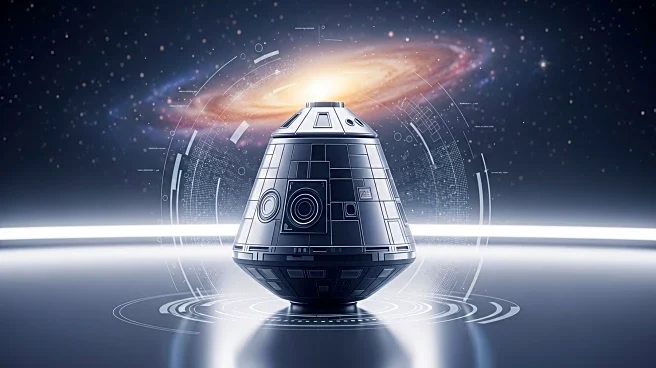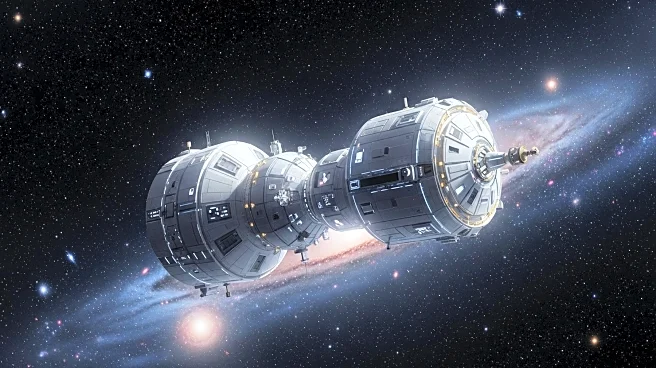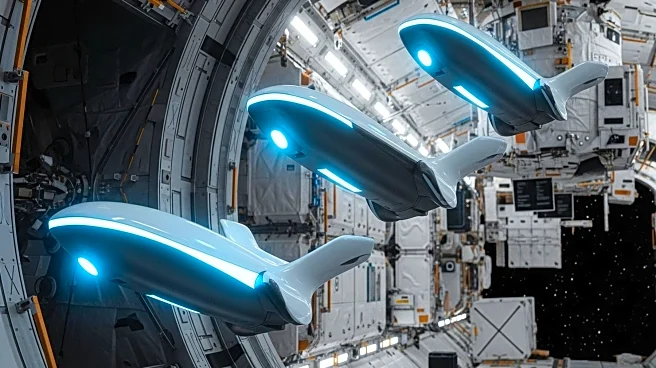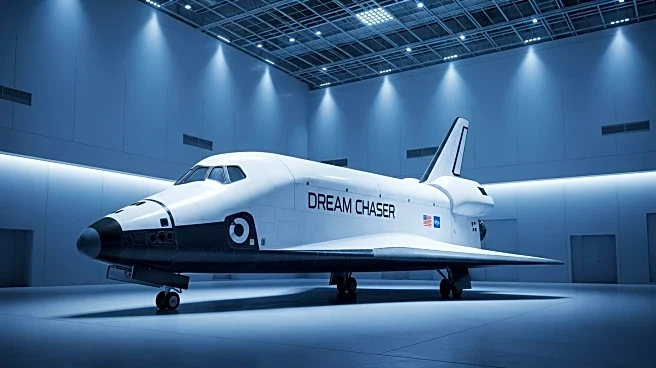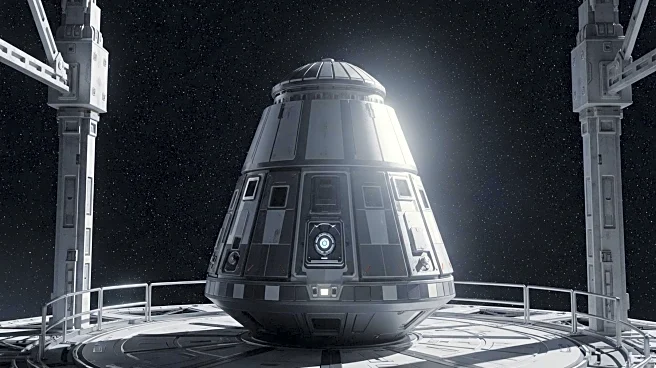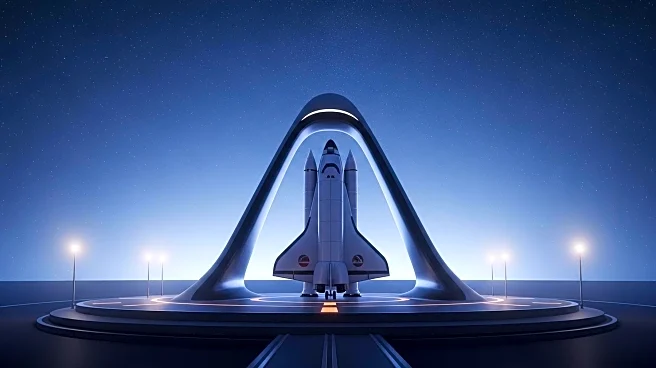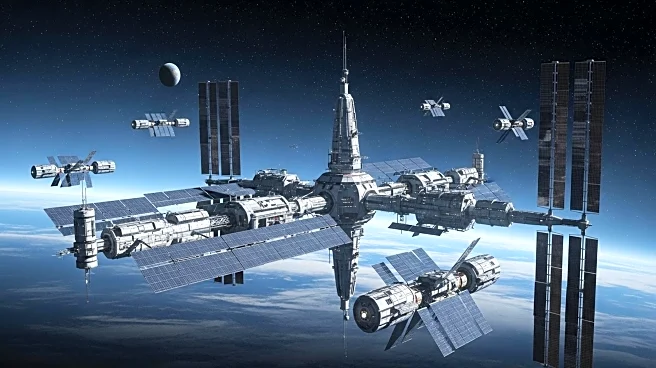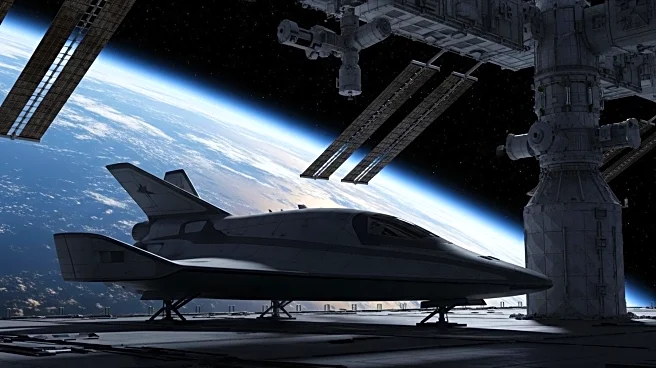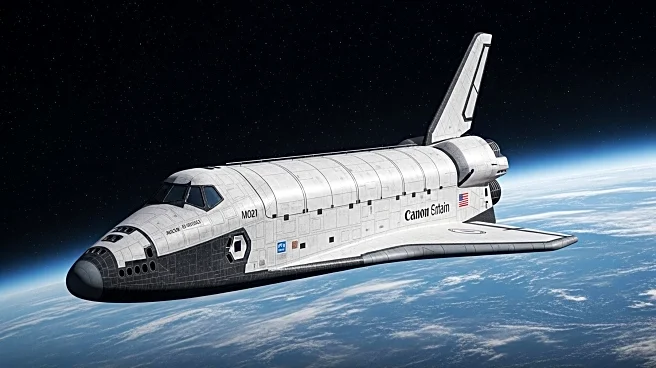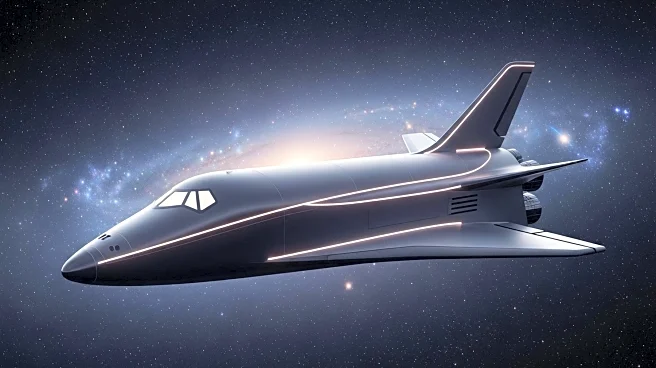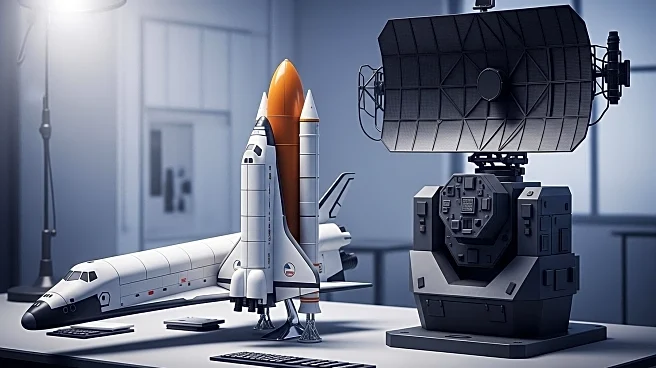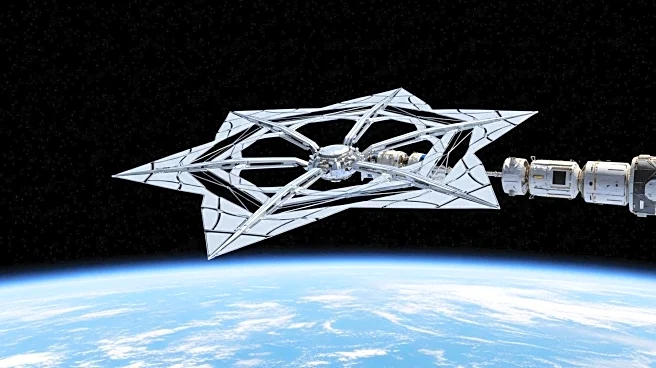What is the story about?
What's Happening?
NASA has modified its Commercial Resupply Services-2 (CRS-2) contract with Sierra Space, focusing on a demonstration flight of the Dream Chaser spaceplane slated for late 2026. Originally intended for cargo delivery to the International Space Station (ISS), the contract now emphasizes a free-flyer demonstration to test the spaceplane's capabilities in orbit. This change reflects NASA's need for flexibility as the ISS approaches its planned deorbit in 2030. Sierra Space, formerly part of Sierra Nevada Corporation, has been developing Dream Chaser for over a decade, facing delays and technical challenges.
Why It's Important?
The contract revision highlights the evolving dynamics of NASA's partnerships with private companies in the space industry. By prioritizing a demonstration flight, NASA aims to validate Dream Chaser's technologies for potential future missions, including national security applications. This shift allows Sierra Space to redirect resources toward defense contracts and commercial ventures, potentially strengthening its position in the market for reusable spacecraft. The decision underscores the importance of innovation and adaptability in the space sector, as agencies and companies navigate funding constraints and ambitious goals.
What's Next?
Sierra Space will focus on preparing Dream Chaser for its 2026 demonstration flight, addressing technical challenges and certification hurdles. If successful, NASA may opt for additional cargo missions post-2026, although without prior commitment. The spaceplane's capabilities could be integrated into post-ISS plans, such as commercial space stations. For NASA, this recalibration ensures redundancy with proven providers while nurturing new entrants, potentially reshaping collaboration models in the space industry.
AI Generated Content
Do you find this article useful?
